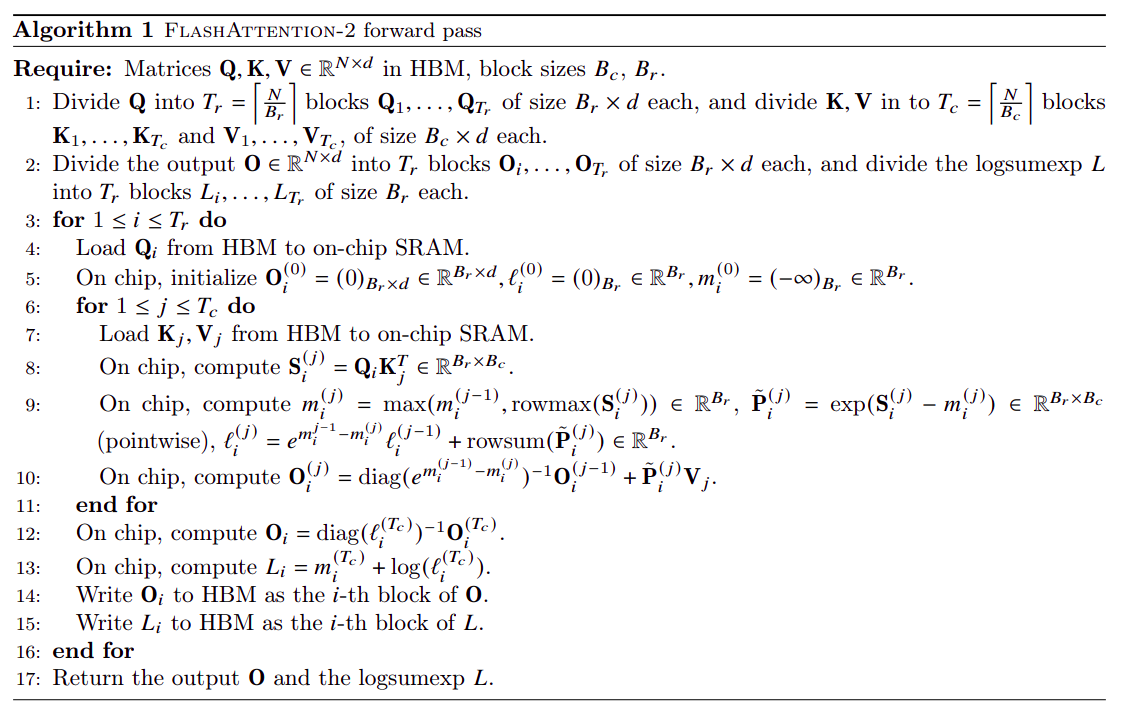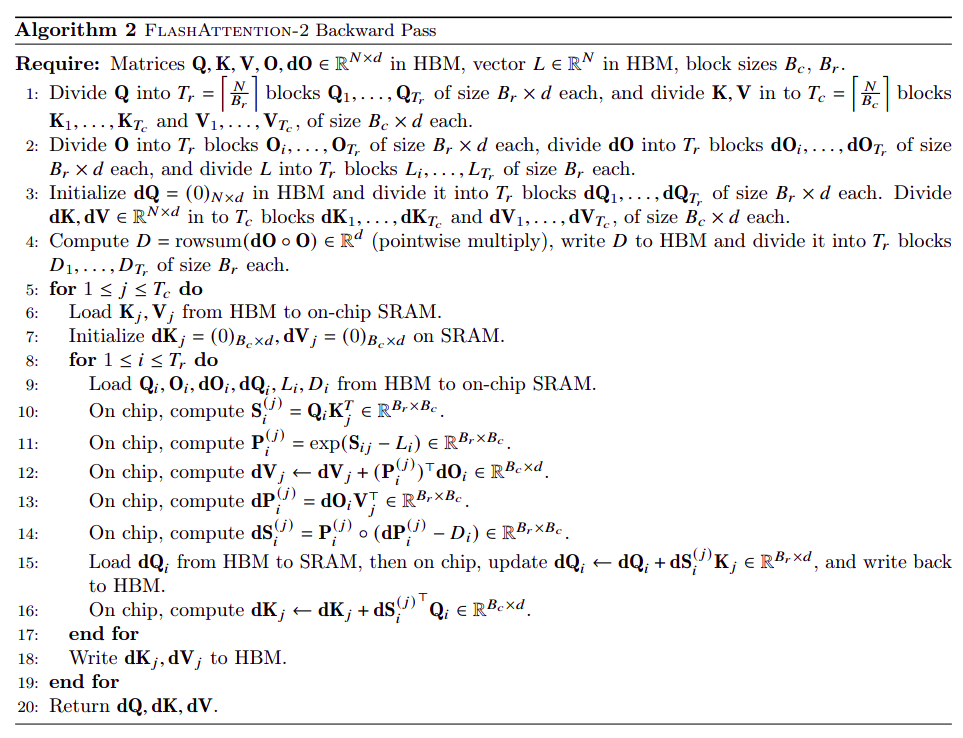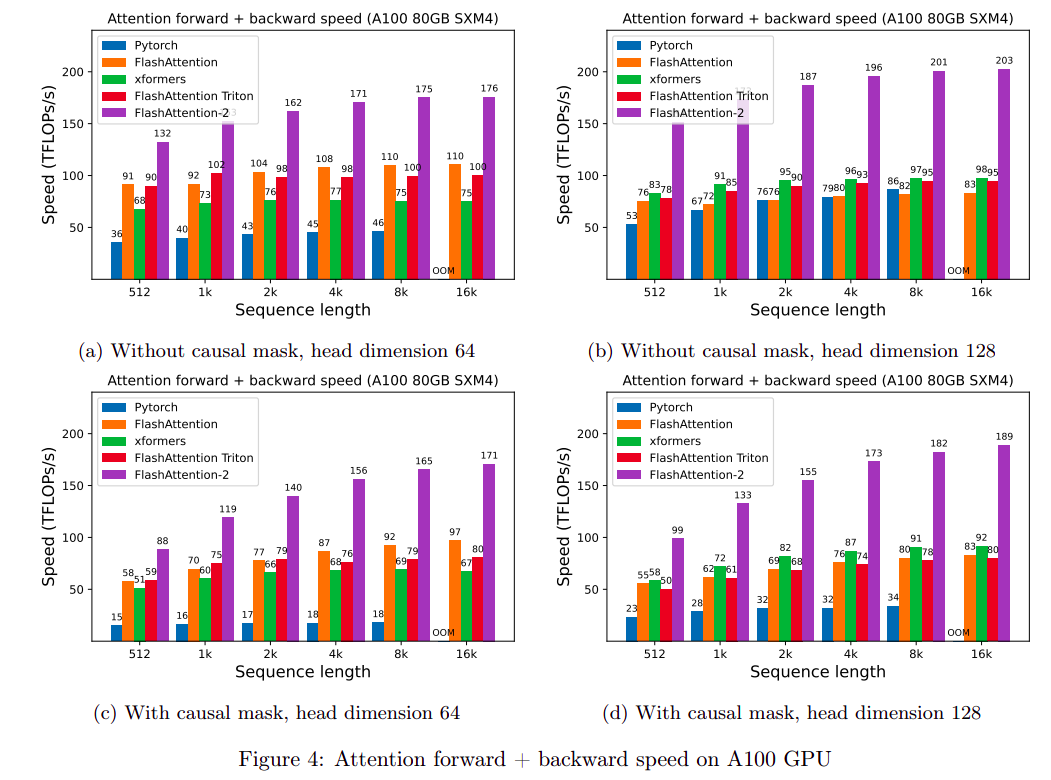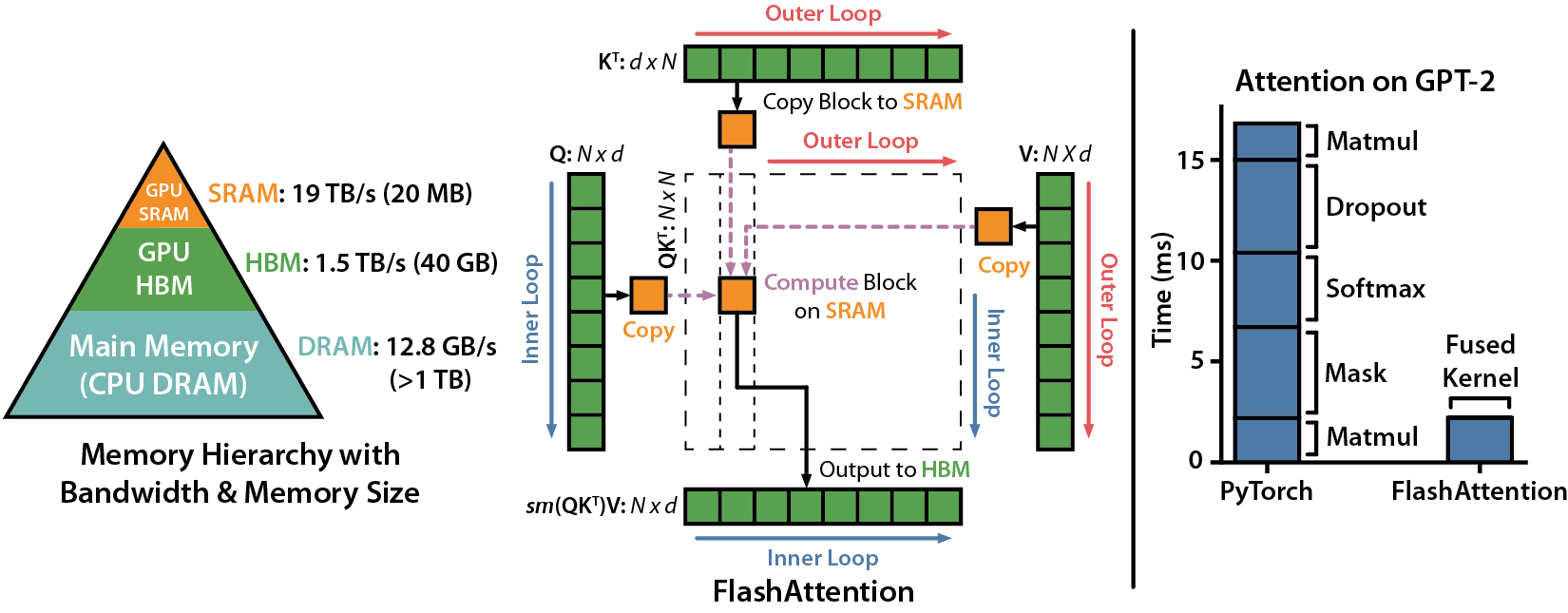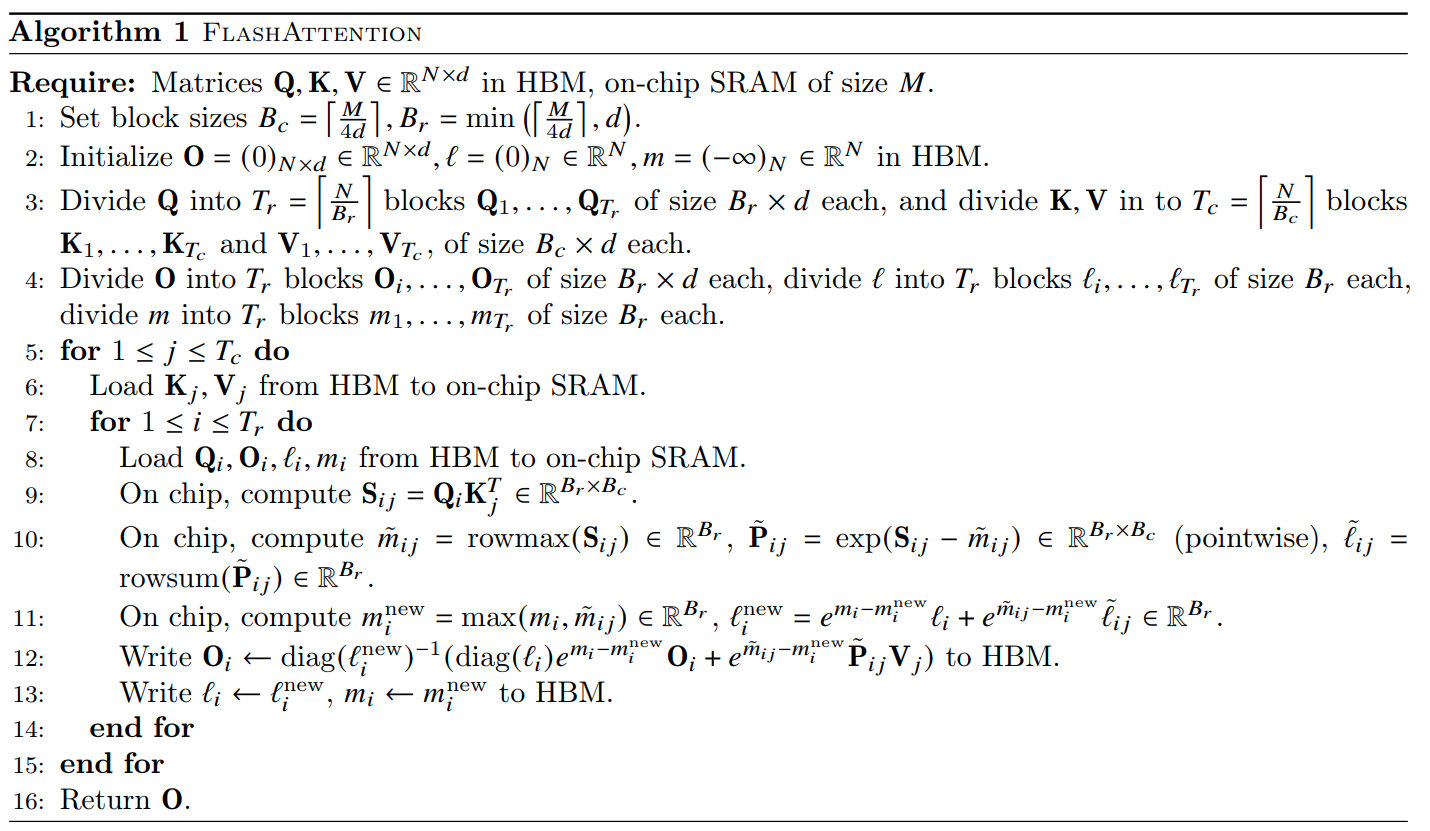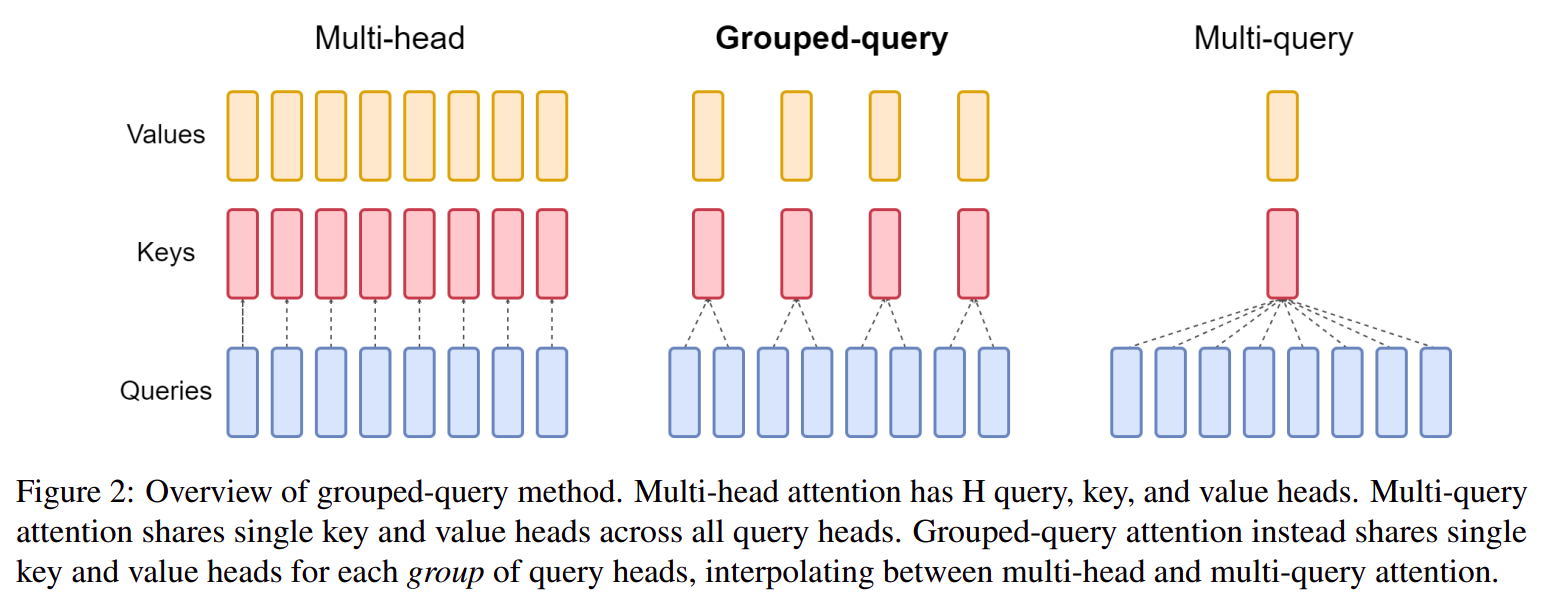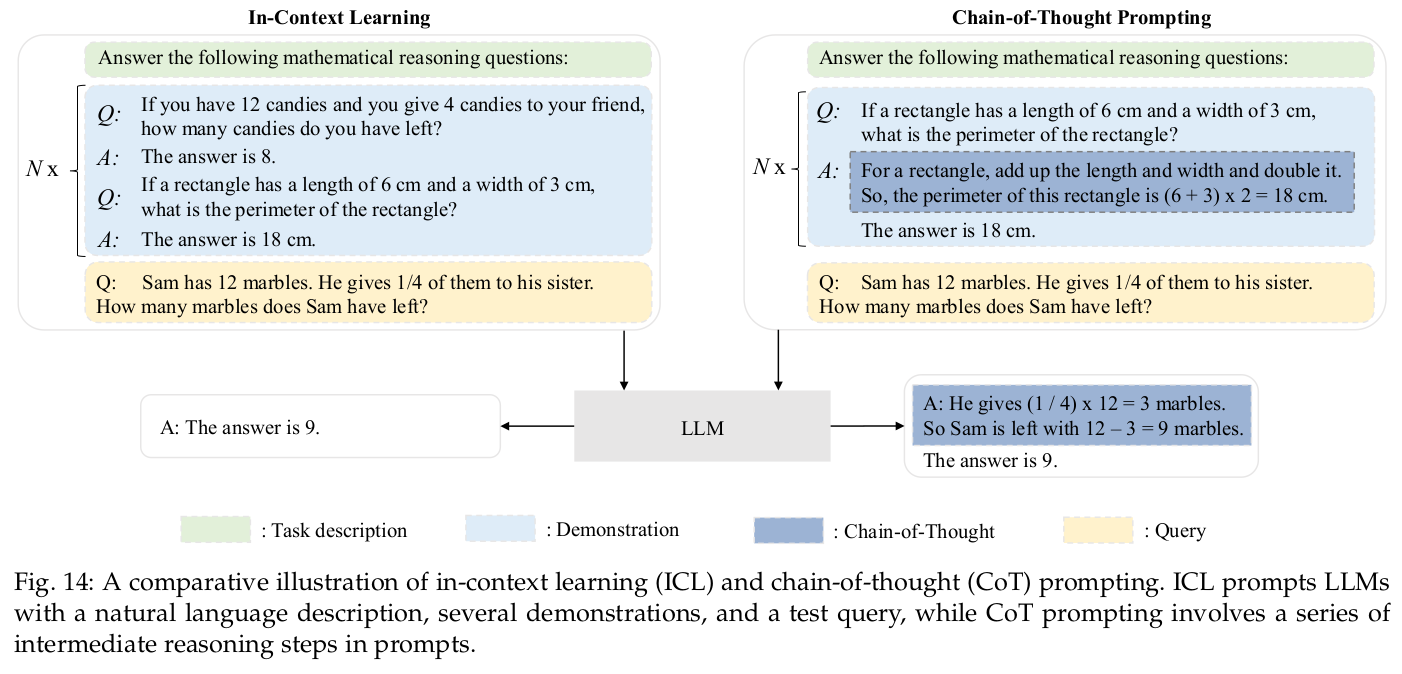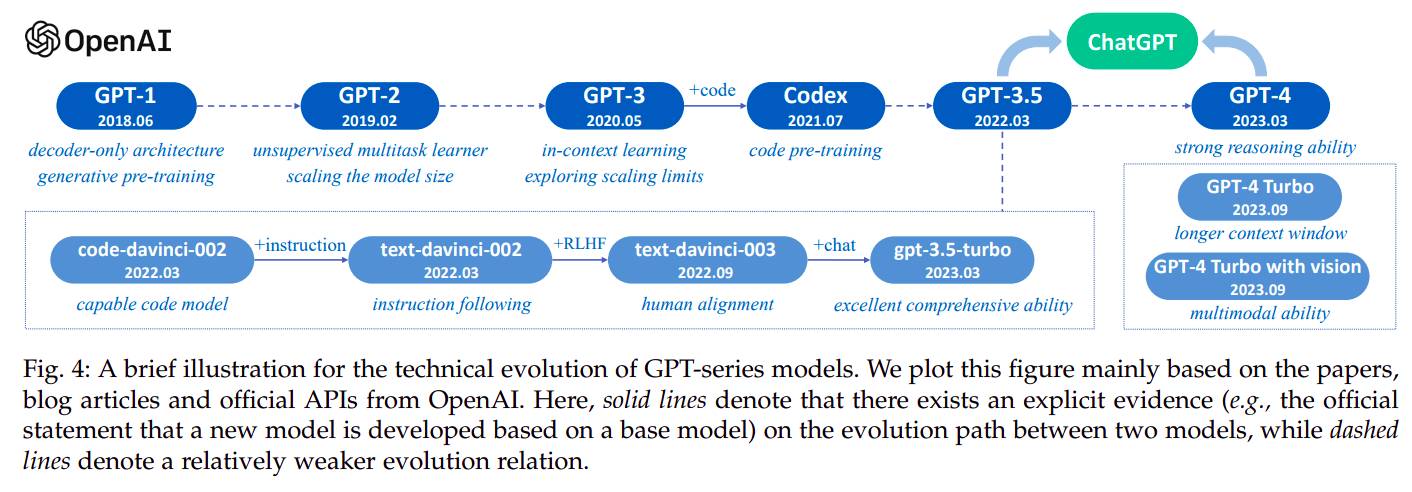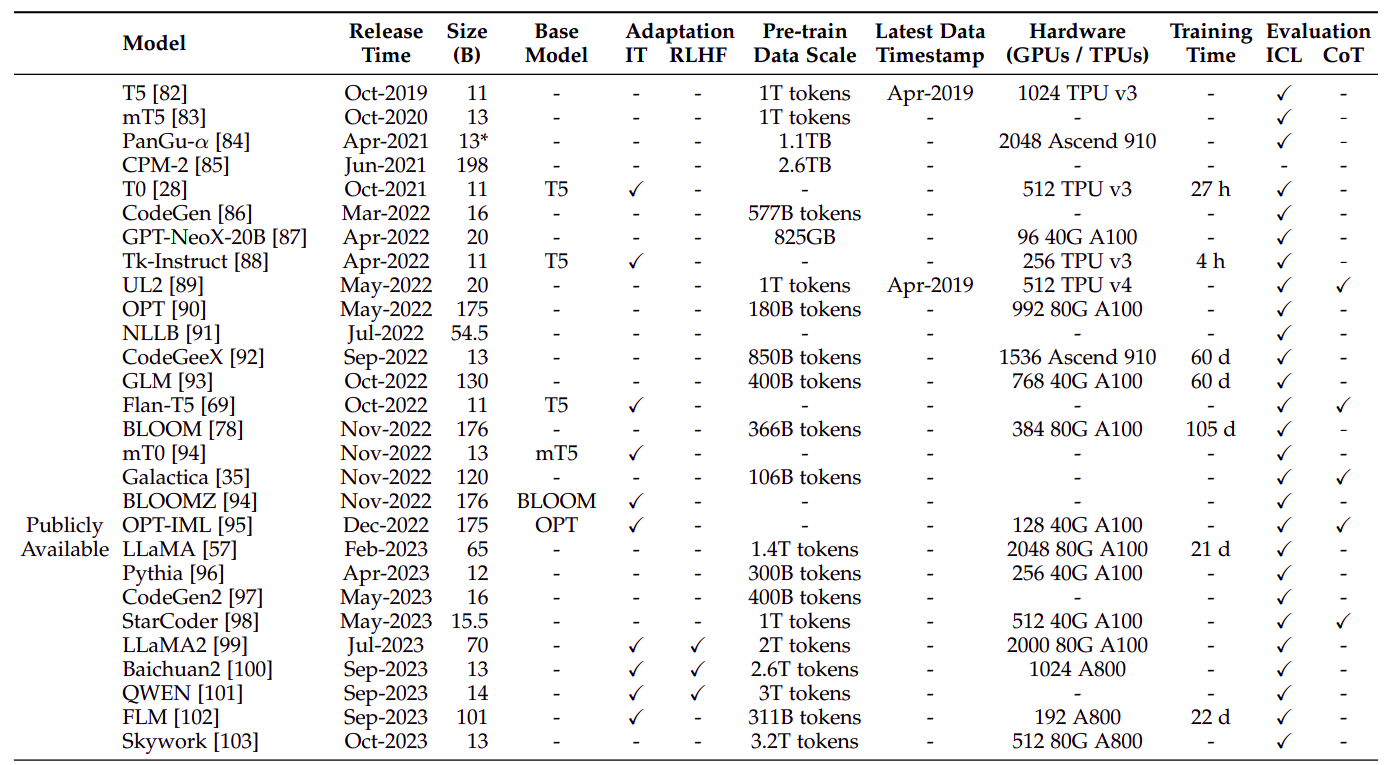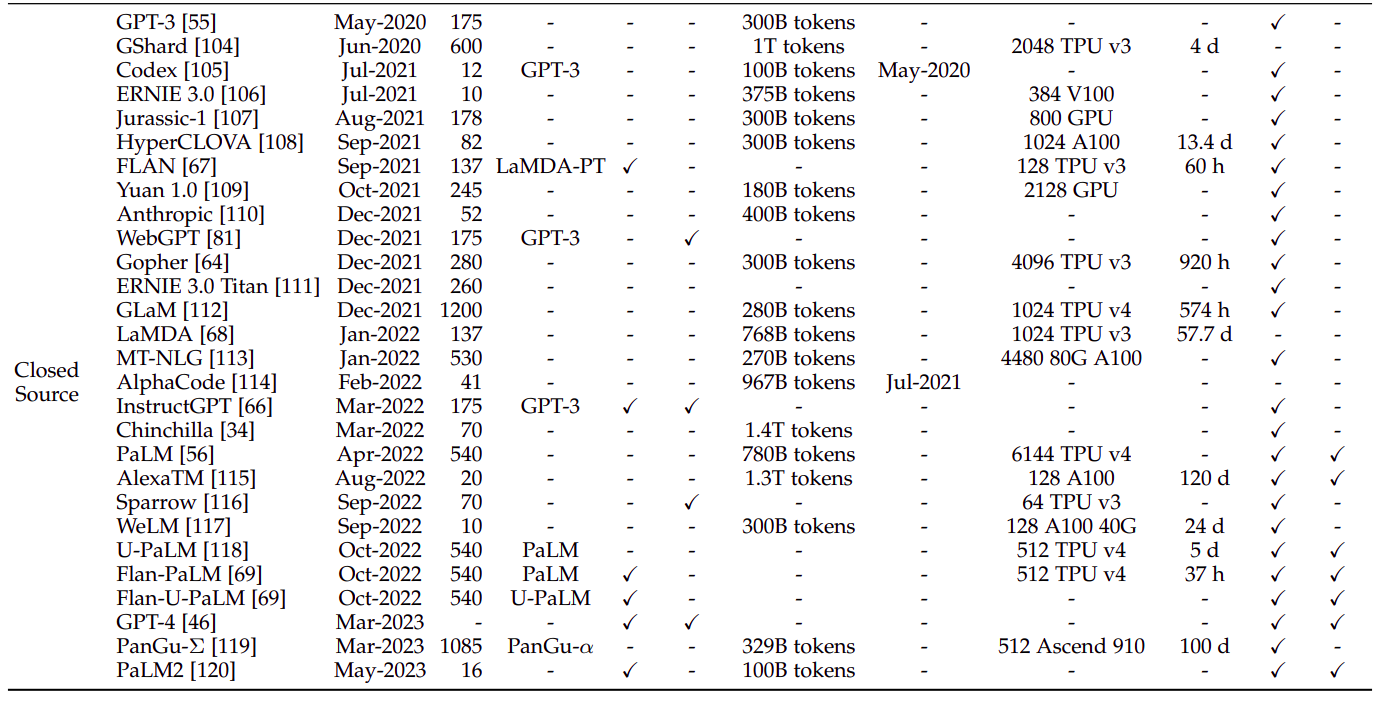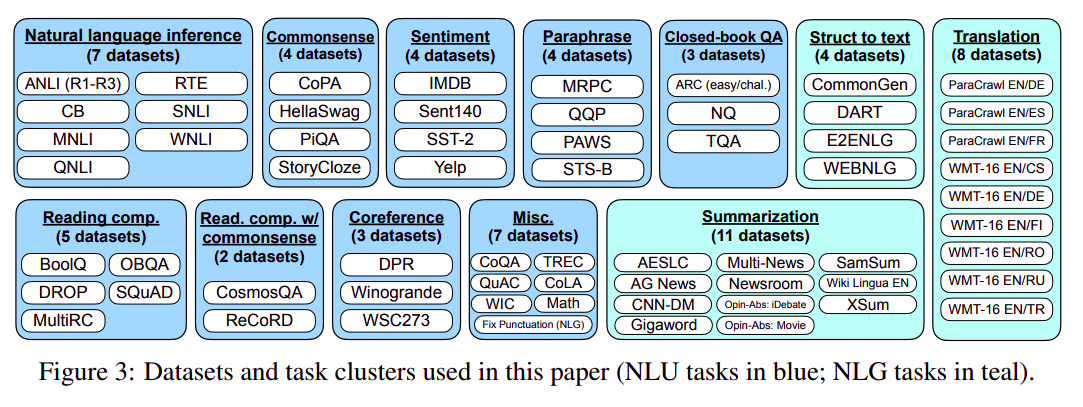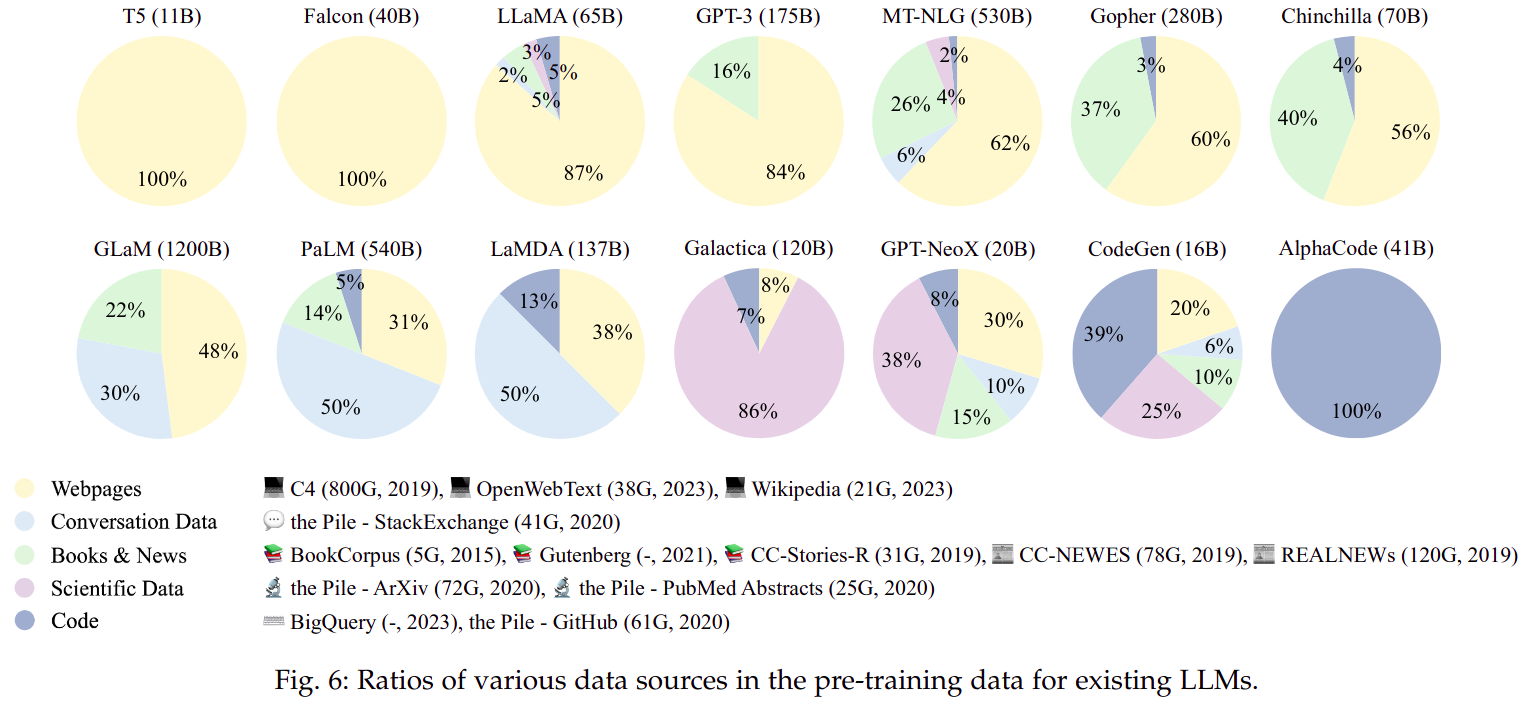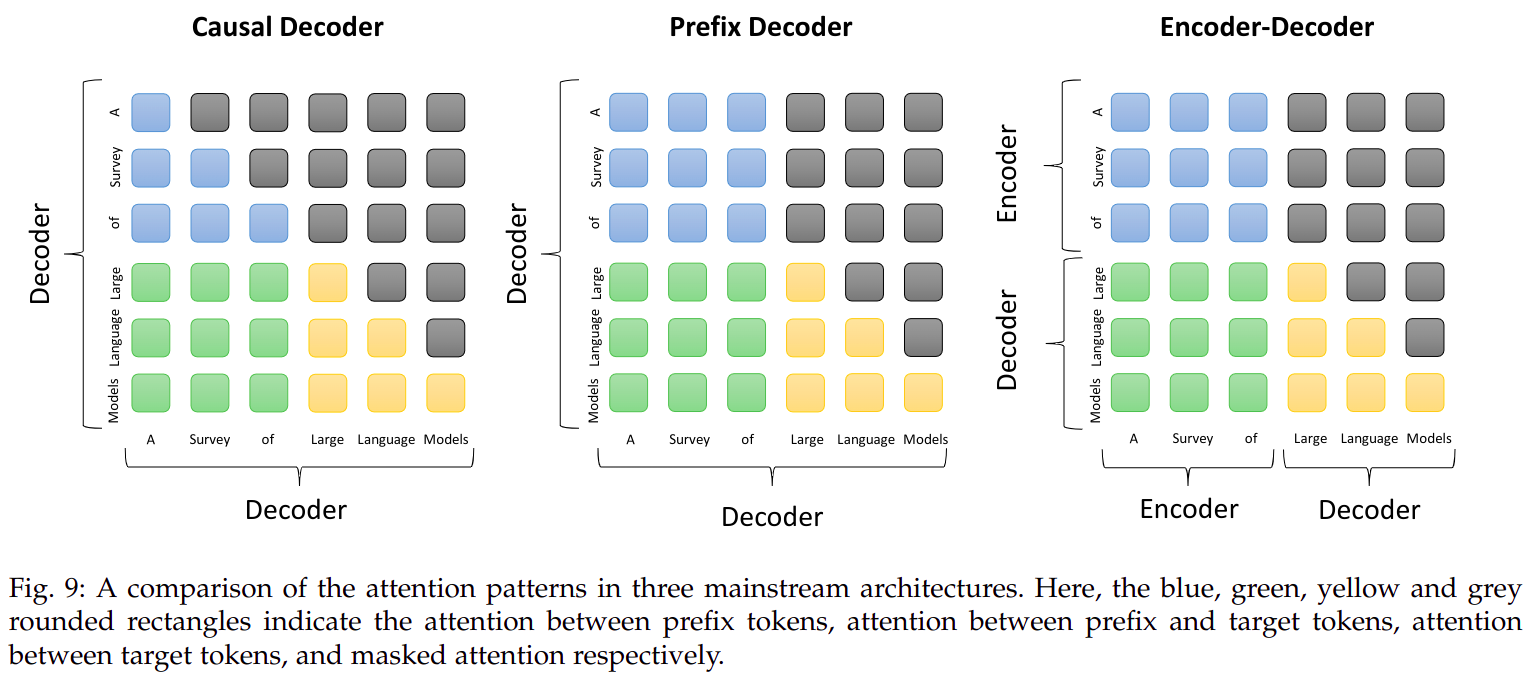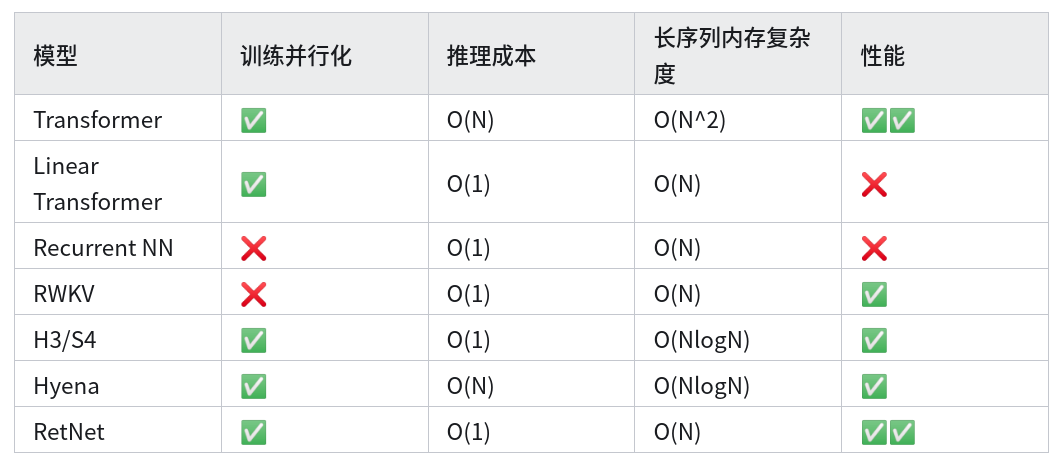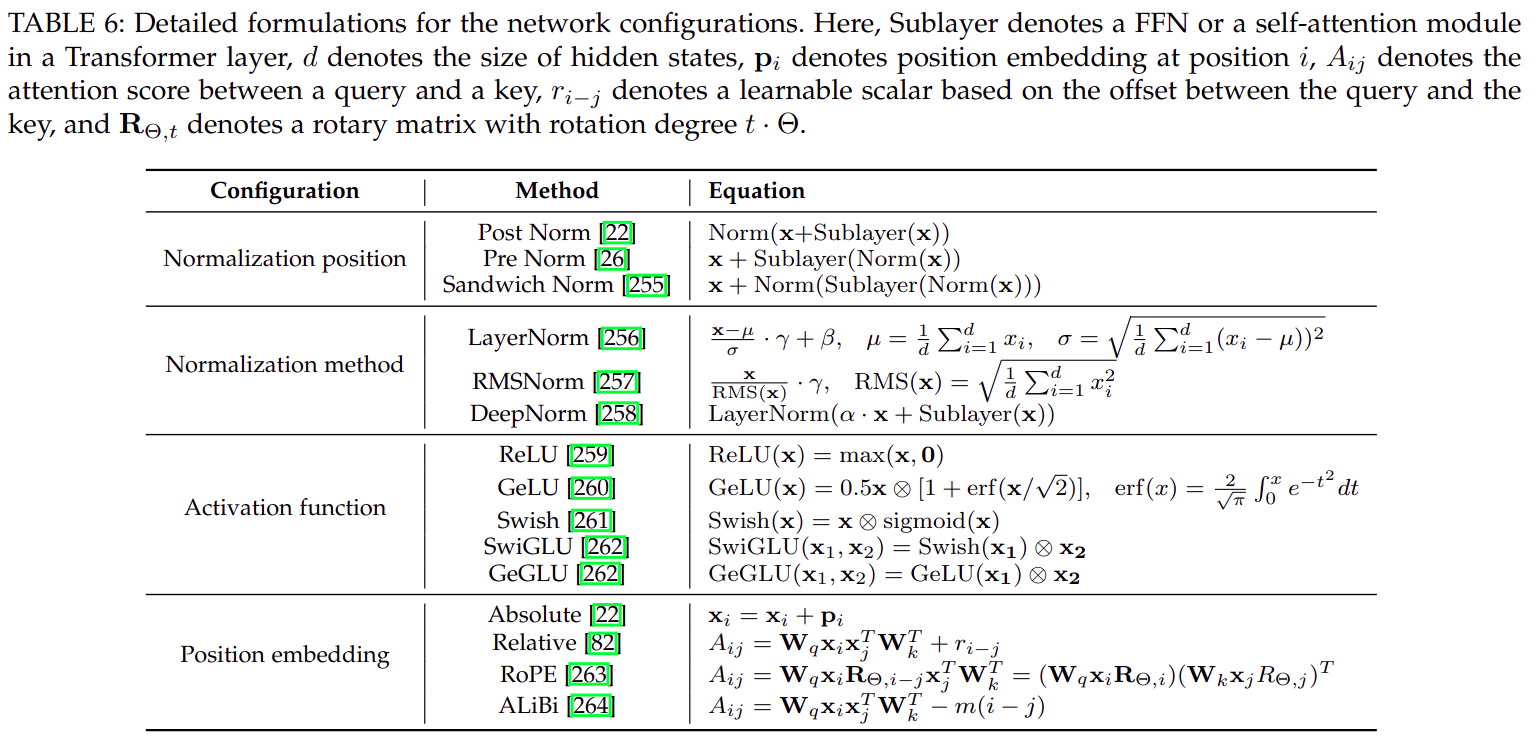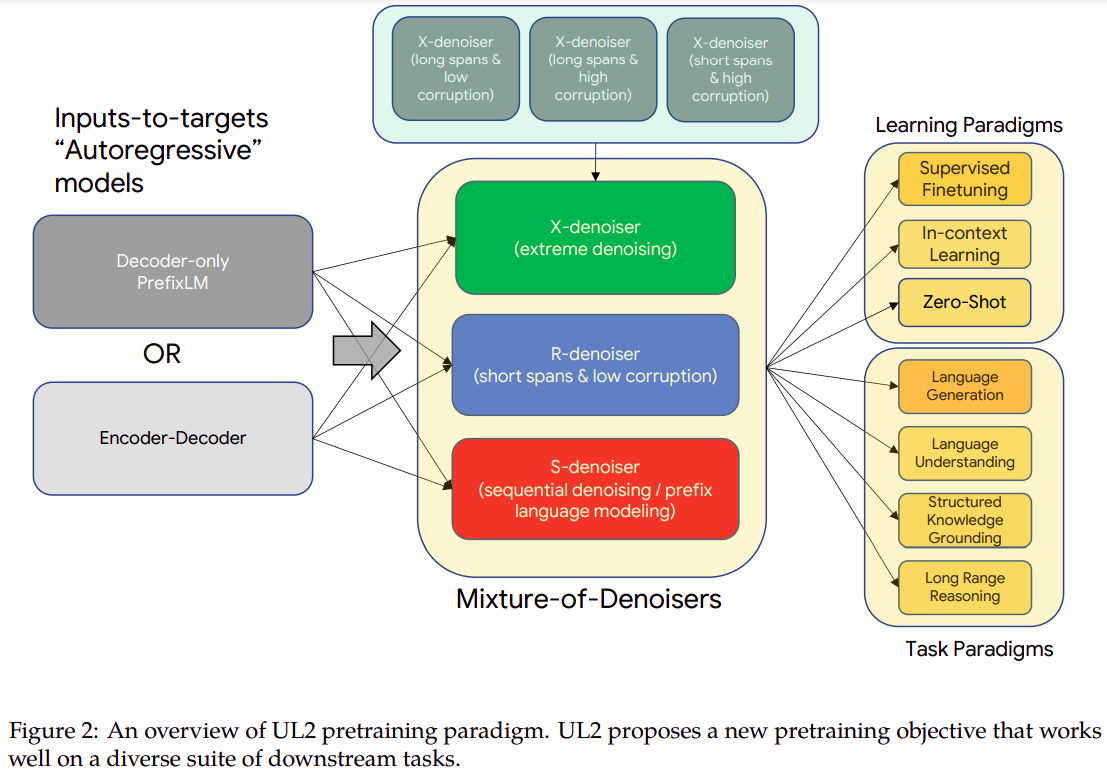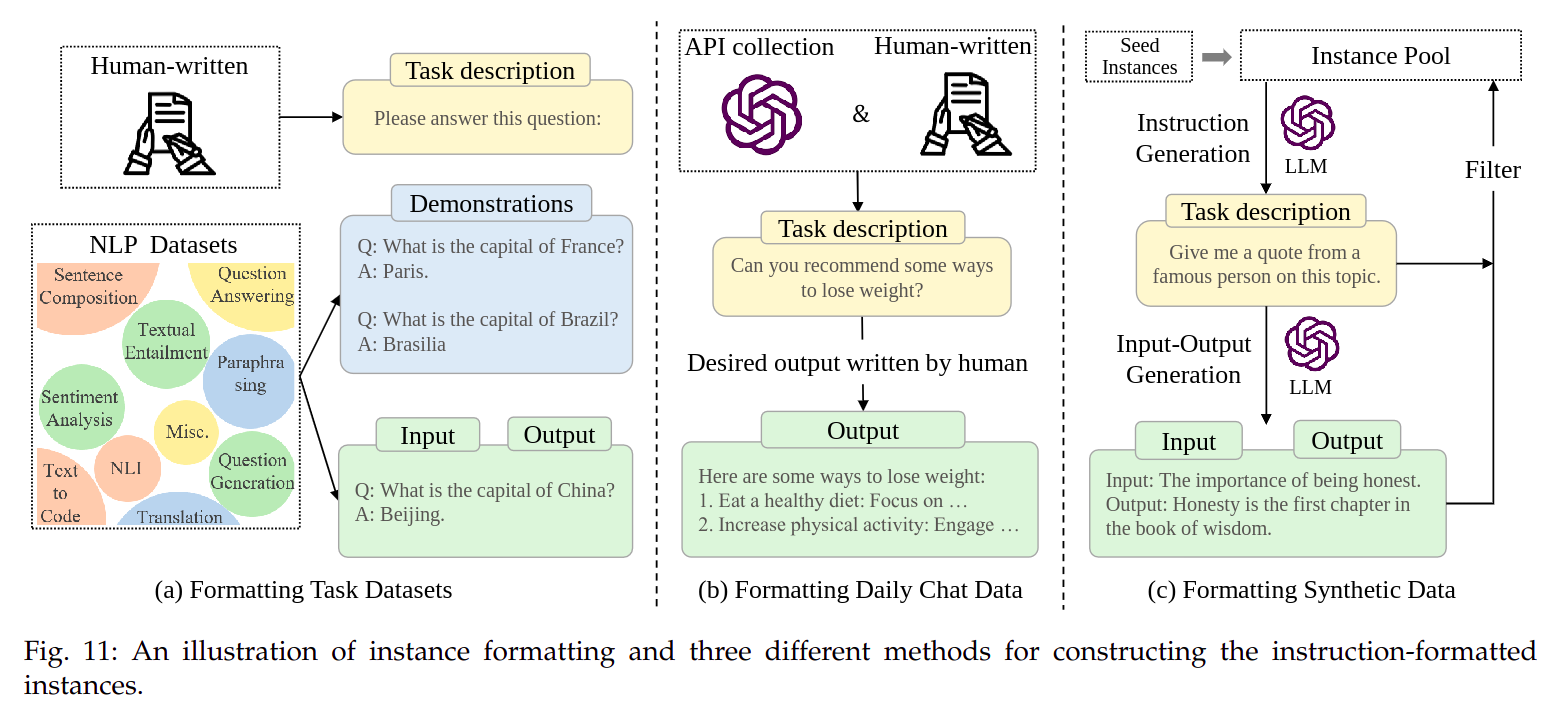1
2
3
4
5
6
7
8
9
10
| 1, 0, 0, 0, 0, 0, 0, 0, 0, 0 | 1, 0, 0, 0, 0, 0, 0, 0, 0, 0
0, 1, 0, 0, 0, 0, 0, 0, 0, 0 | 1, 1, 0, 0, 0, 0, 0, 0, 0, 0
0, 0, 1, 0, 0, 0, 0, 0, 0, 0 | 1, 1, 1, 0, 0, 0, 0, 0, 0, 0
1, 0, 0, 1, 0, 0, 0, 0, 0, 0 | 0, 1, 1, 1, 0, 0, 0, 0, 0, 0
0, 1, 0, 0, 1, 0, 0, 0, 0, 0 | 0, 0, 1, 1, 1, 0, 0, 0, 0, 0
0, 0, 1, 0, 0, 1, 0, 0, 0, 0 | 0, 0, 0, 1, 1, 1, 0, 0, 0, 0
1, 0, 0, 1, 0, 0, 1, 0, 0, 0 | 0, 0, 0, 0, 1, 1, 1, 0, 0, 0
0, 1, 0, 0, 1, 0, 0, 1, 0, 0 | 0, 0, 0, 0, 0, 1, 1, 1, 0, 0
0, 0, 1, 0, 0, 1, 0, 0, 1, 0 | 0, 0, 0, 0, 0, 0, 1, 1, 1, 0
1, 0, 0, 1, 0, 0, 1, 0, 0, 1 | 0, 0, 0, 0, 0, 0, 0, 1, 1, 1
|
